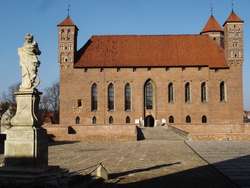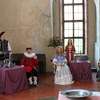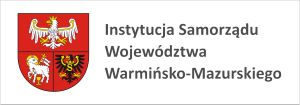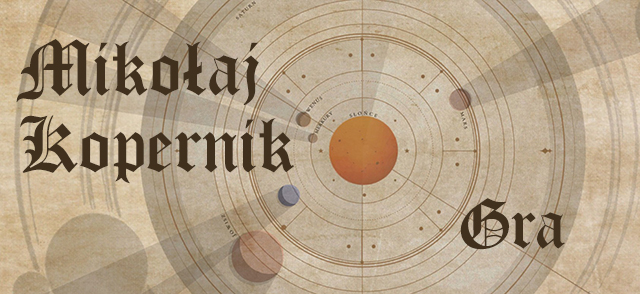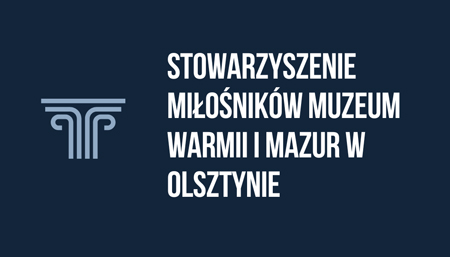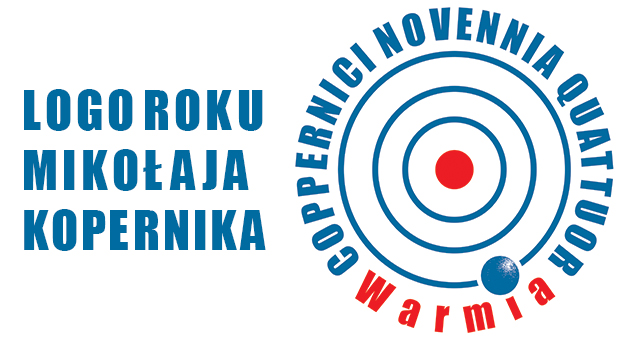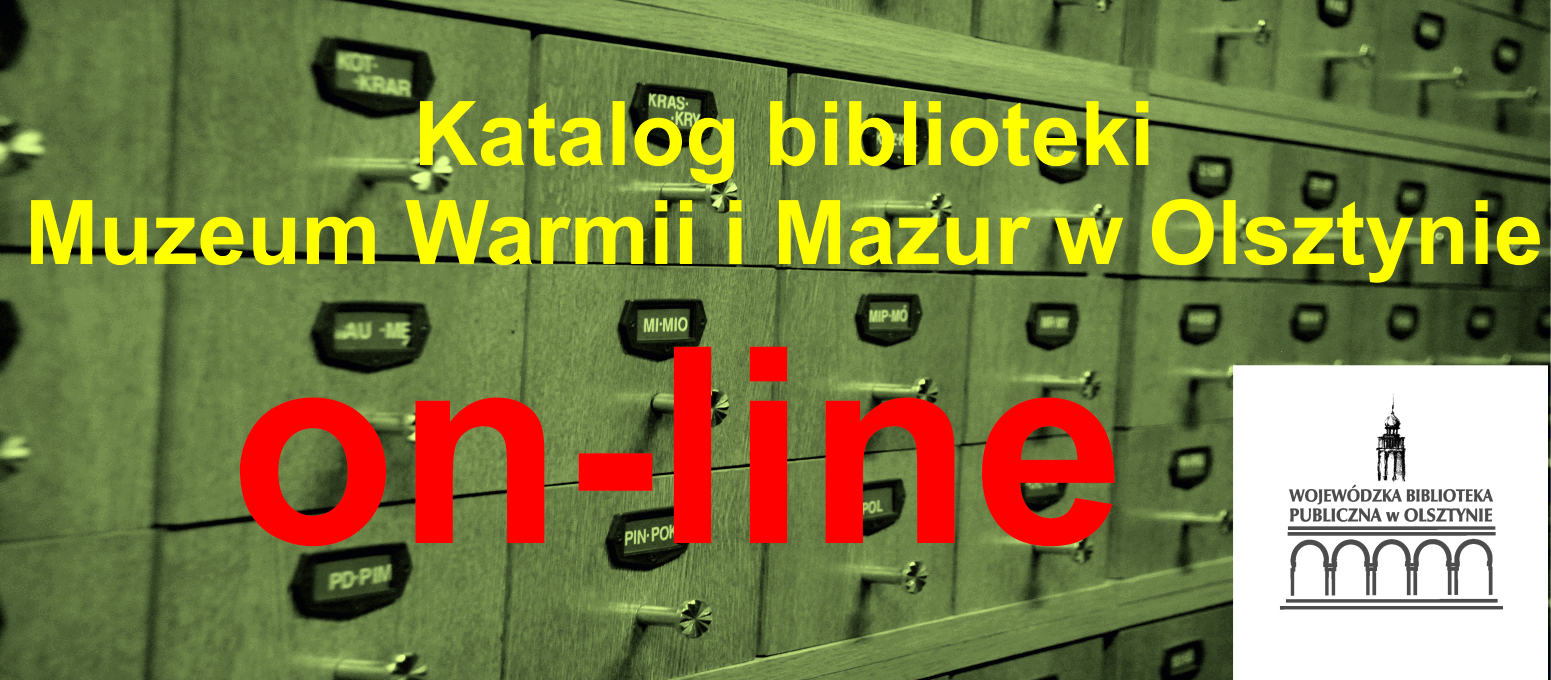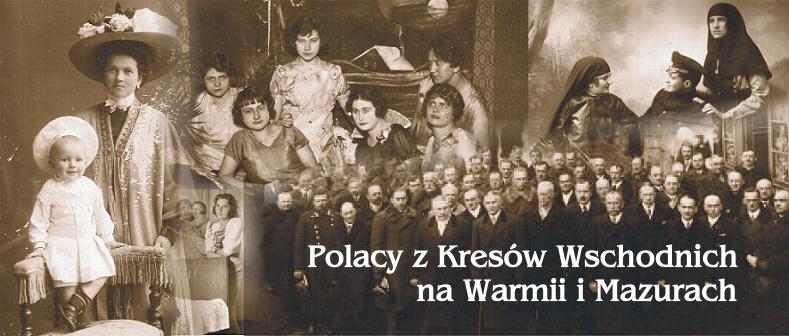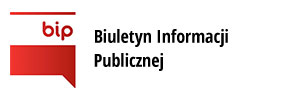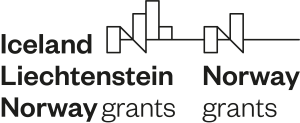18 July 2015, Saturday, from 12:00 noon until 5:00 p.m., Museum of Warmia in Lidzbark Warmiński
The programme includes:
Meeting historical characters (noon). It will be possible to meet people dressed in historical costumes from different periods and to listen to stories from the history of the castle within the castle halls. Lucas Watzenrode will take his seat in the oratory, Bishop Henryk Sorbom will present the paintings he funded in the galleries while Nicolaus Copernicus will share the secrets of the doctor of the bishops and of his work at Lidzbark in the Bishop’s halls In the council hall, we will meet King Sigismund Augustus. Carl Hauke will tell the story of the first conservation of the castle.
Questing will be the next attraction: This will be set along the tourist route through the castle of Lidzbark. Questions will be set and correct answers, which must be added to the received texts, may be found hidden in different halls, by the exhibits and in the exhibitions,. Teams (families, groups of friends) are invited to compete. The team that finds all the answers within the shortest time will be the winners. The questing starts at 1.00 p.m.
Artisans’ workshops (3.00 p.m.)
• bread baking presentation
• poultry and egg dishes that could be served to tables at the castle
• the fruit table, so called “Lidzbarskie wety” (afternoon fruit snacks) from the times of Bishop Ignacy Krasicki
Concert in the Great Refectory (4.00 p.m.)
Free admission
“The castle comes to life” – the open day at Lidzbark castle
within the frameworks of the project
“Conservation and restoration of the 14th c. castle in Lidzbark Warmiński – a pearl of gothic architecture in Poland – stage II”
On Saturday, 18 July 2015, at high noon, the yard of Lidzbark castle filled with guests. A very numerous group of residents of Lidzbark and the surrounding region and tourists came to participate in the event called “The castle comes to life”.
Małgorzata Jackiewicz-Garniec, manager of the Museum of Warmia, who acted the facilitator of the event, welcomed the guests. The presentation to the guests of the elements of the conservation and revitalisation project, as well as information on the creation of the opportunity for implementation of the project thanks to the subsidy from the Norway Grants, the EEA and the domestic funds was the introduction for the subsequent events. Next, the guests were invited to take active part in the attractions, obtaining knowledge on the secrets of the Lidzbark castle.
Meeting the “live images”, i.e. the possibility of participating in the life of the characters connected to the residence of the Bishops of Warmia was the first element of the programme. Bishop Henryk Sorbom walked the galleries and presented the paintings he commissioned and their subject matter. Lucas Watzenrode presented his life and numerous artistic commissions. Nicolaus Copernicus, who resided in Lidzbark during the years 1503-1510, told stories about secrets of the doctor of bishops and about his work at Lidzbark in the bishops’ halls. King Sigismund Augustus was the guest in the council hall of the Lidzbark stronghold. In the Great Refectory, the first conservator of the castle, Karl Hauke, could be met during a meeting preceding the subsequent stage of the works. All the presented persons transported the visitors into the castle’s past and helped them to see the castle history from a different perspective. The meeting with the “live images” offered the opportunity to ask questions, take photographs and to understand the role the castle of Lidzbark fulfilled throughout the centuries.
Questing for individual players, families and groups of friends was the next component of the event. The specially prepared card of the game encouraged active and detailed acquisition of knowledge on the castle. The correct answers to the questions, hidden in the castle halls, by the exhibits and in exhibitions had to be copied onto the card to complete the received text. Participants that solved all the riddles within the shortest time received prizes.
The artisans’ workshop referring to the history of the stronghold was held in the castle yard. The first floor was dedicated to the spiritual, political and social life of the bishops while the ground floor housed the economic life. The guests could participate in workshop on traditional bread preparation and baking. The castle kitchen became alive offering secrets of preparing and tasting of poultry and egg dishes that ruled the daily table of the bishops. A reconstruction of the so-called “Lidzbarskie wety”, afternoon fruit snacks prepared at the castle during the times of Bishop Ignacy Krasicki, was presented.
The event was complemented by the presentation of court dances performed in the castle yard by the amateur dance group of Małgorzata and Dariusz Wędrowski “Barok” from Bartoszyce. After the presentation, the group members invited all those willing to participate in the baroque dances.
The Saturday event “The castle comes to life” ended with the concert by the Tańce Snu (Dances of the Dream) ensemble in the Great Refectory. The ensemble presented contemporary music inspired by old music that sounded great in the representative interior of the Castle.
During the hot Saturday afternoon, more than three thousand guests visited Lidzbark castle. After the end of the event, they left the castle highly satisfied and full of impressions. They all agreed that the open day showed the castle as vibrant and the “coming to life” of the event’s title assumed many different forms. The “live images” from the castle history, the court dances and the concert generated high interest of the visitors. The design works, refurbishment works on the roofs, the southern front after conservation works and the works on the paintings in the gallery also greatly impressed the guests leaving the castle.
The open day in the Lidzbark castle was a part of the information and promotion activities of the project “Conservation and restoration of the 14th c. castle in Lidzbark Warmiński – a pearl of gothic architecture in Poland – stage II” implemented thanks to the support provided from the Norway Grants and the EEA Funds originating from Iceland Liechtenstein and Norway, the funds of the Ministry of Culture and National Heritage as well as of the territorial government of Warmińsko-Mazurskie voivodship.

Meeting historical characters (noon). It will be possible to meet people dressed in historical costumes from different periods and to listen to stories from the history of the castle within the castle halls. Lucas Watzenrode will take his seat in the oratory, Bishop Henryk Sorbom will present the paintings he funded in the galleries while Nicolaus Copernicus will share the secrets of the doctor of the bishops and of his work at Lidzbark in the Bishop’s halls In the council hall, we will meet King Sigismund Augustus. Carl Hauke will tell the story of the first conservation of the castle.
Questing will be the next attraction: This will be set along the tourist route through the castle of Lidzbark. Questions will be set and correct answers, which must be added to the received texts, may be found hidden in different halls, by the exhibits and in the exhibitions,. Teams (families, groups of friends) are invited to compete. The team that finds all the answers within the shortest time will be the winners. The questing starts at 1.00 p.m.
Artisans’ workshops (3.00 p.m.)
• bread baking presentation
• poultry and egg dishes that could be served to tables at the castle
• the fruit table, so called “Lidzbarskie wety” (afternoon fruit snacks) from the times of Bishop Ignacy Krasicki
Concert in the Great Refectory (4.00 p.m.)
Free admission
“The castle comes to life” – the open day at Lidzbark castle
within the frameworks of the project
“Conservation and restoration of the 14th c. castle in Lidzbark Warmiński – a pearl of gothic architecture in Poland – stage II”
On Saturday, 18 July 2015, at high noon, the yard of Lidzbark castle filled with guests. A very numerous group of residents of Lidzbark and the surrounding region and tourists came to participate in the event called “The castle comes to life”.
Małgorzata Jackiewicz-Garniec, manager of the Museum of Warmia, who acted the facilitator of the event, welcomed the guests. The presentation to the guests of the elements of the conservation and revitalisation project, as well as information on the creation of the opportunity for implementation of the project thanks to the subsidy from the Norway Grants, the EEA and the domestic funds was the introduction for the subsequent events. Next, the guests were invited to take active part in the attractions, obtaining knowledge on the secrets of the Lidzbark castle.
Meeting the “live images”, i.e. the possibility of participating in the life of the characters connected to the residence of the Bishops of Warmia was the first element of the programme. Bishop Henryk Sorbom walked the galleries and presented the paintings he commissioned and their subject matter. Lucas Watzenrode presented his life and numerous artistic commissions. Nicolaus Copernicus, who resided in Lidzbark during the years 1503-1510, told stories about secrets of the doctor of bishops and about his work at Lidzbark in the bishops’ halls. King Sigismund Augustus was the guest in the council hall of the Lidzbark stronghold. In the Great Refectory, the first conservator of the castle, Karl Hauke, could be met during a meeting preceding the subsequent stage of the works. All the presented persons transported the visitors into the castle’s past and helped them to see the castle history from a different perspective. The meeting with the “live images” offered the opportunity to ask questions, take photographs and to understand the role the castle of Lidzbark fulfilled throughout the centuries.
Questing for individual players, families and groups of friends was the next component of the event. The specially prepared card of the game encouraged active and detailed acquisition of knowledge on the castle. The correct answers to the questions, hidden in the castle halls, by the exhibits and in exhibitions had to be copied onto the card to complete the received text. Participants that solved all the riddles within the shortest time received prizes.
The artisans’ workshop referring to the history of the stronghold was held in the castle yard. The first floor was dedicated to the spiritual, political and social life of the bishops while the ground floor housed the economic life. The guests could participate in workshop on traditional bread preparation and baking. The castle kitchen became alive offering secrets of preparing and tasting of poultry and egg dishes that ruled the daily table of the bishops. A reconstruction of the so-called “Lidzbarskie wety”, afternoon fruit snacks prepared at the castle during the times of Bishop Ignacy Krasicki, was presented.
The event was complemented by the presentation of court dances performed in the castle yard by the amateur dance group of Małgorzata and Dariusz Wędrowski “Barok” from Bartoszyce. After the presentation, the group members invited all those willing to participate in the baroque dances.
The Saturday event “The castle comes to life” ended with the concert by the Tańce Snu (Dances of the Dream) ensemble in the Great Refectory. The ensemble presented contemporary music inspired by old music that sounded great in the representative interior of the Castle.
During the hot Saturday afternoon, more than three thousand guests visited Lidzbark castle. After the end of the event, they left the castle highly satisfied and full of impressions. They all agreed that the open day showed the castle as vibrant and the “coming to life” of the event’s title assumed many different forms. The “live images” from the castle history, the court dances and the concert generated high interest of the visitors. The design works, refurbishment works on the roofs, the southern front after conservation works and the works on the paintings in the gallery also greatly impressed the guests leaving the castle.
The open day in the Lidzbark castle was a part of the information and promotion activities of the project “Conservation and restoration of the 14th c. castle in Lidzbark Warmiński – a pearl of gothic architecture in Poland – stage II” implemented thanks to the support provided from the Norway Grants and the EEA Funds originating from Iceland Liechtenstein and Norway, the funds of the Ministry of Culture and National Heritage as well as of the territorial government of Warmińsko-Mazurskie voivodship.



